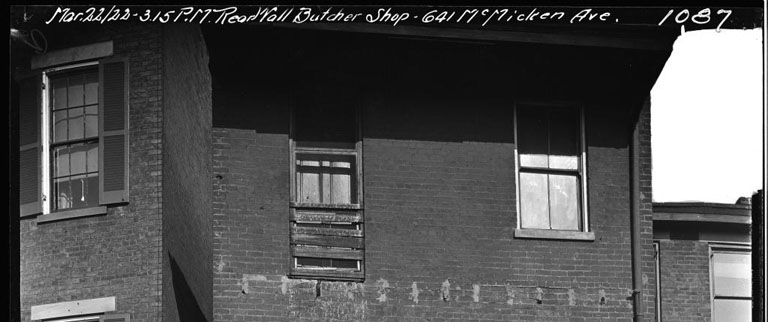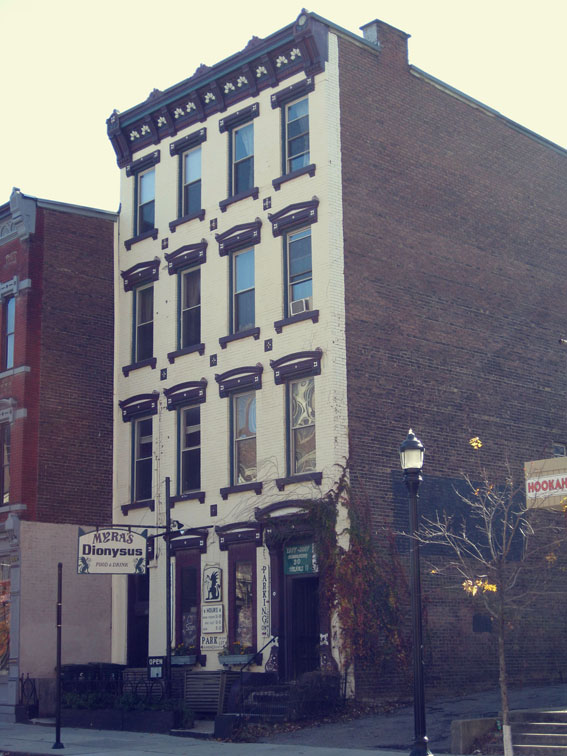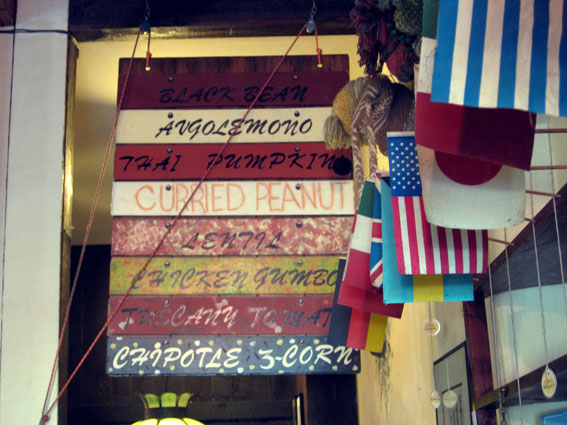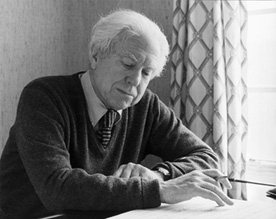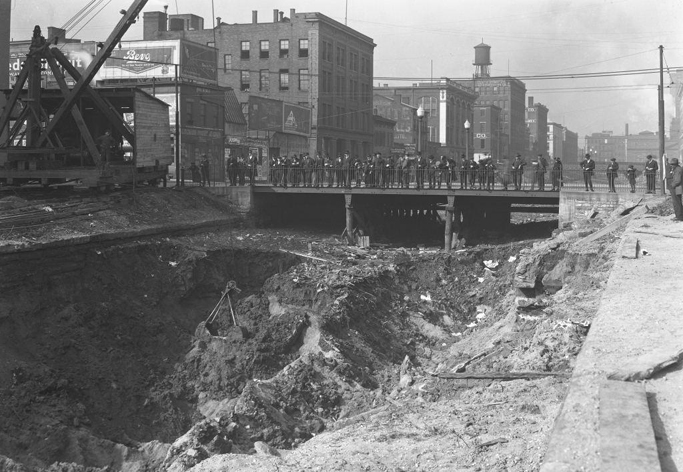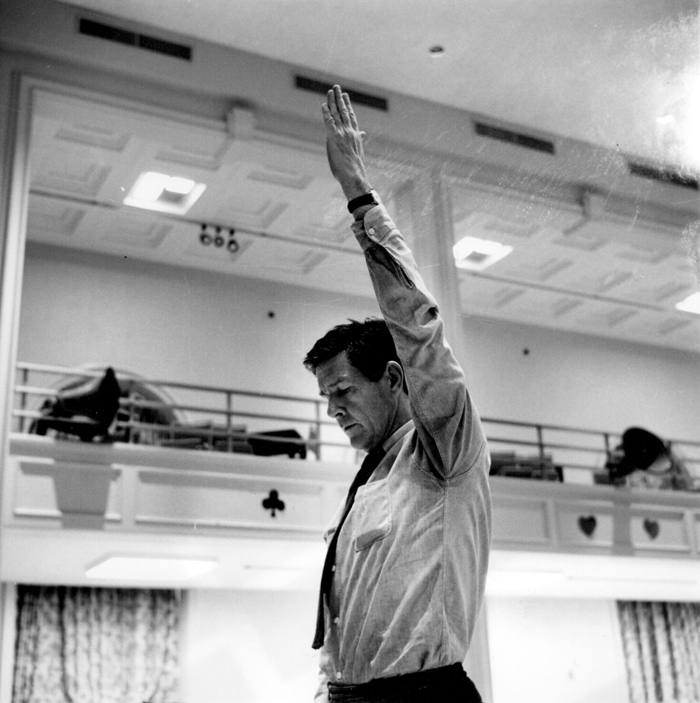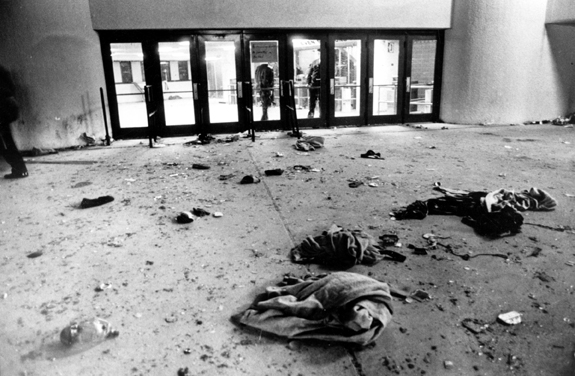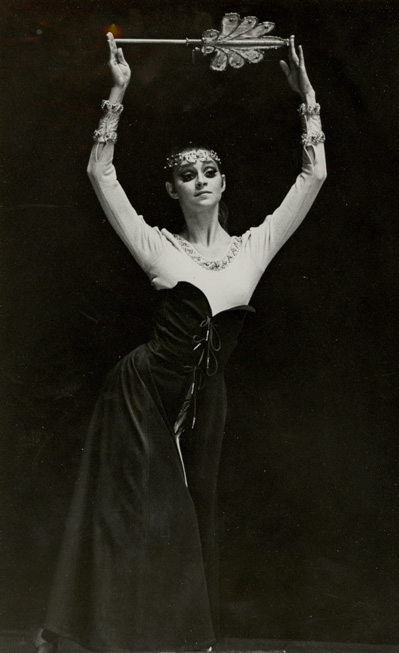By Angela Vanderbilt
An immediate advantage gained by the digitization of the subway construction negatives is that one can now easily follow the progress being made on the project. From images of the drained canal bed and the earliest scoops of dirt removed to shots of the broad parkway ready to receive pedestrian and automobile traffic, researchers accessing the images will be able to follow each step of the process, much like the crowds of curious onlookers who gathered daily to watch the event in the early 1920s.
Once the collection is made available online, viewers may easily follow the construction process for each section of the proposed route, thanks to the photographer who carefully documented each image by writing the date, time, and location of each photograph directly on the negative itself. Such information is an invaluable historic record of the project, and of the city of Cincinnati, and will be captured in a database to make searching for specific images within the collection that much easier.

